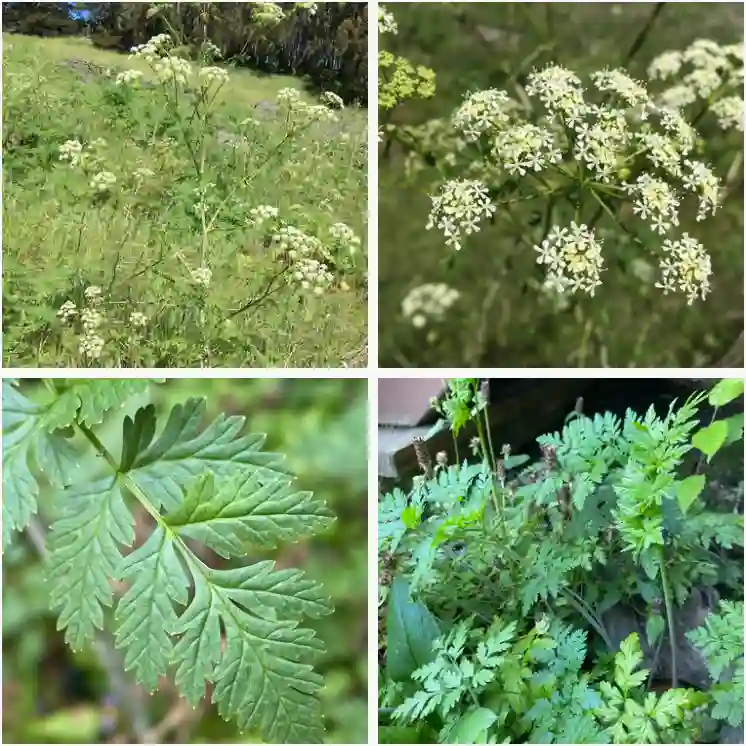My Fascination with the Milla Genus
I’ve always been drawn to the subtle beauty of desert flora. The way these plants thrive in such harsh conditions, their delicate blooms emerging in stark contrast to the arid landscape, has always fascinated me. Among my favorites is the Milla genus, a group of flowering plants native to Mexico and parts of the southwestern United States. These unassuming plants, with their star-shaped flowers and grass-like foliage, possess a unique charm that captivates me every time I encounter them.
Discovering the Delicate Beauty of Milla
My first introduction to Milla was purely accidental. While hiking in the Chihuahuan Desert, I stumbled upon a small cluster of these plants blooming near a rocky outcrop. Their white, star-shaped flowers, delicately perched atop slender stems, seemed to glow in the afternoon sun. I was immediately intrigued.
Upon closer inspection, I noticed the subtle details of their form: the linear leaves, almost grass-like in appearance, and the intricate structure of the flowers with their six distinct tepals. The simplicity of their form, combined with their resilience in such a harsh environment, resonated with me deeply.
Exploring the Diversity within Milla
Since that initial encounter, I’ve made it a point to learn more about this fascinating genus. I’ve poured over botanical texts, scoured online databases, and even ventured on further expeditions to observe them in their natural habitat.
The Milla genus, as I’ve come to understand, is relatively small, comprising around ten accepted species. Each species, while sharing the characteristic star-shaped flower and grass-like foliage, possesses unique traits that set it apart.
Here are:
- Milla biflora: This is perhaps the most well-known species, often referred to as the “Mexican Star.” Its white flowers, sometimes tinged with a hint of purple, bloom in pairs, creating a striking visual effect.
- Milla bryanii: This species is notable for its smaller, more delicate flowers and its preference for higher elevations.
- Milla magnifica: True to its name, this species boasts larger, more showy flowers than its counterparts.
- Milla oaxacana: This species, endemic to Oaxaca, Mexico, is distinguished by its unique bulb structure and its preference for shaded habitats.
- Milla delicata: Milla delicata is known for its delicate, white, star-shaped flowers and thrives in dry, mountainous regions of Mexico.
- Milla filifolia: This species features slender, filament-like leaves and produces small, elegant white flowers in the arid landscapes of Mexico.
- Milla mexicana: Milla mexicana showcases fragrant, starry white blooms and is commonly found in Mexican highlands, blooming in the summer.
- Milla potosina: Found in central Mexico, Milla potosina produces clusters of pristine white flowers with a soft, graceful appearance.
- Milla rosea: Milla rosea stands out with its rosy-pink flowers, a rare color for this genus, and is adapted to the dry regions of Mexico.
- Milla valliflora: Known for its beautiful white blossoms, Milla valliflora thrives in Mexican valleys and blooms in spring and early summer.
The Importance of Preservation
Sadly, like many plant species around the world, some members of the Milla genus are facing threats due to habitat loss and climate change. Understanding their distribution, ecological roles, and the challenges they face is crucial for their conservation.
I believe that appreciating the beauty of these plants is the first step towards protecting them. By raising awareness about their unique characteristics and the threats they face, we can inspire others to join the effort to ensure their survival for future generations.
A Continuing Journey of Discovery
My journey with the Milla genus is far from over. I’m eager to continue learning more about these fascinating plants, their intricate relationships with their environment, and the ongoing efforts to conserve them. I believe that every encounter with nature, no matter how small or seemingly insignificant, has the potential to spark a lifelong passion. The Milla genus, with its understated elegance and resilience, has certainly done that for me.




